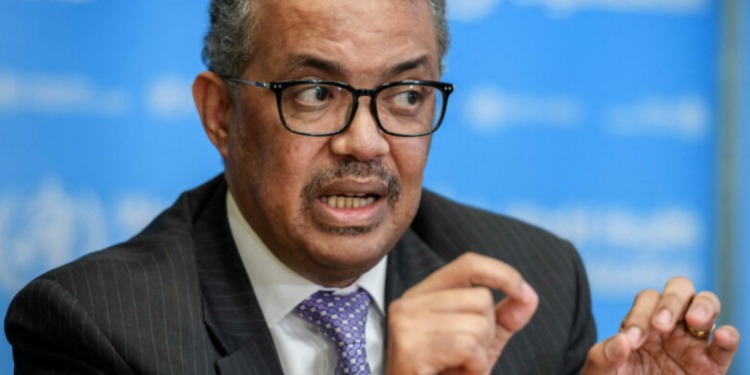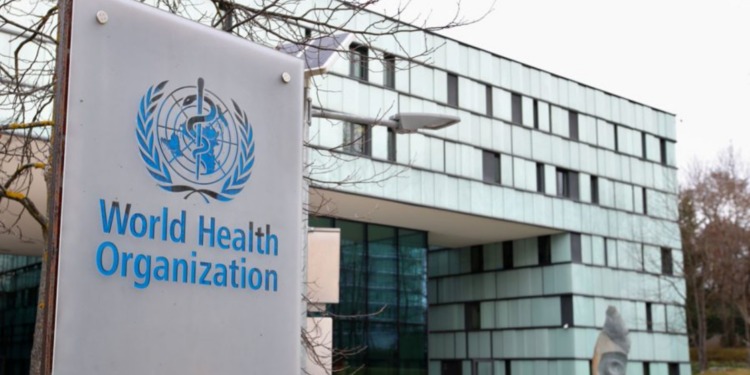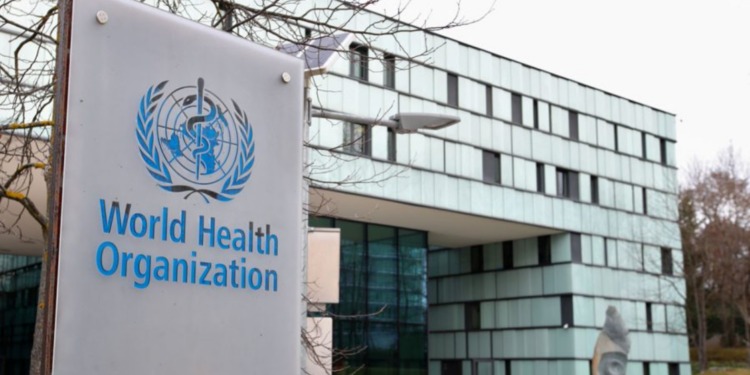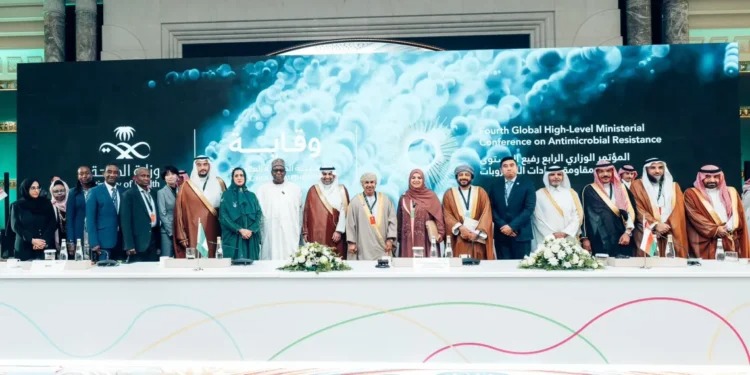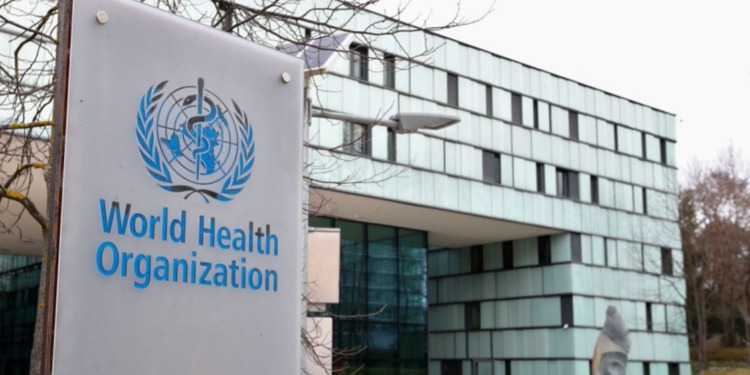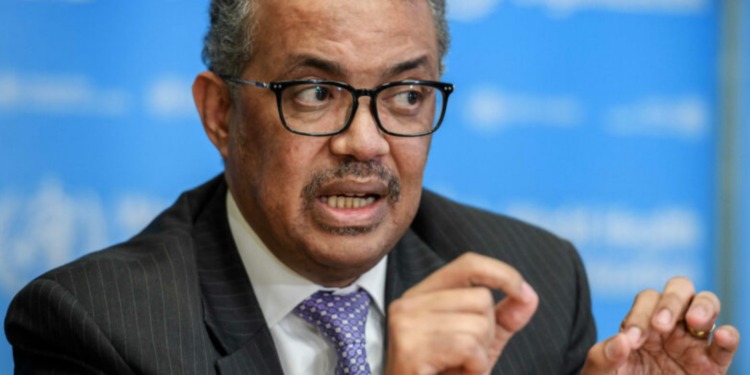Tedros Adhanom Ghebreyesus, Director-General of the World Health Organization (WHO), has called for immediate global action to address the escalating crisis of synthetic opioid and psychoactive drug use. Speaking at the COP29 UN Climate Conference in Baku, Republic of Azerbaijan, Ghebreyesus shared a clip via his X handle, emphasizing the critical public health toll of …
